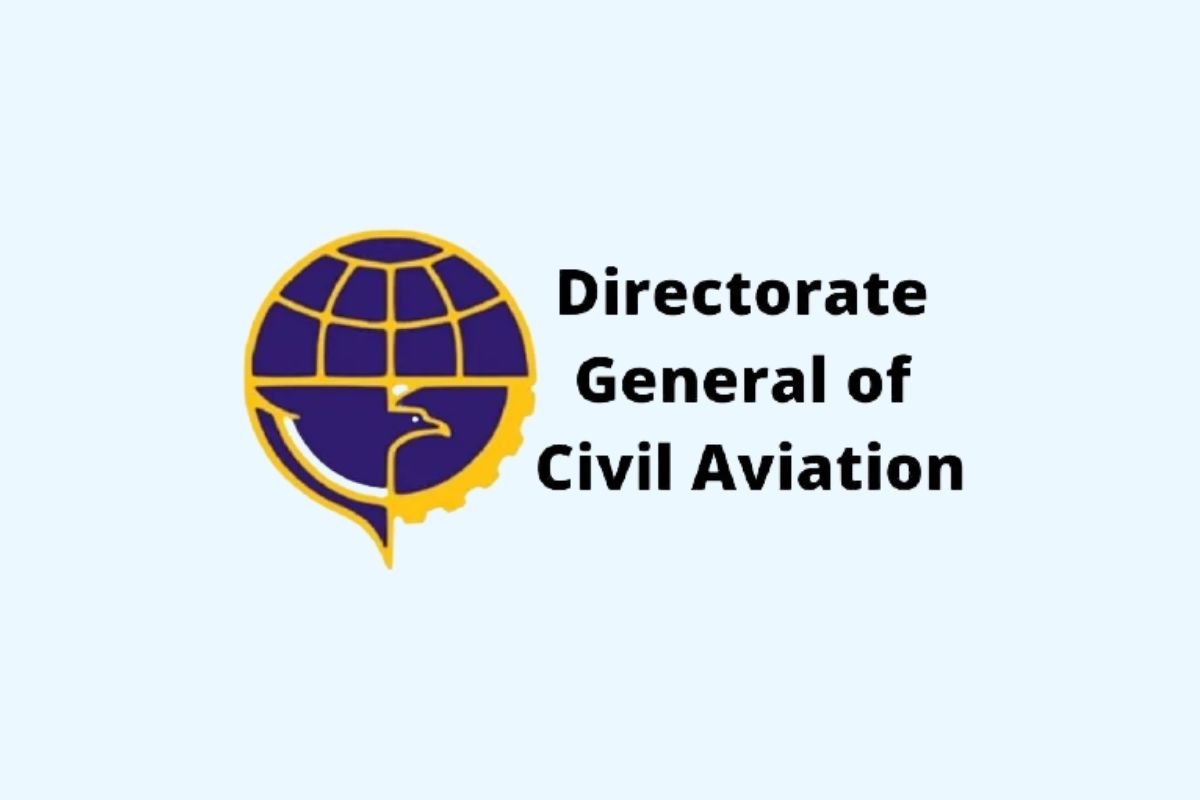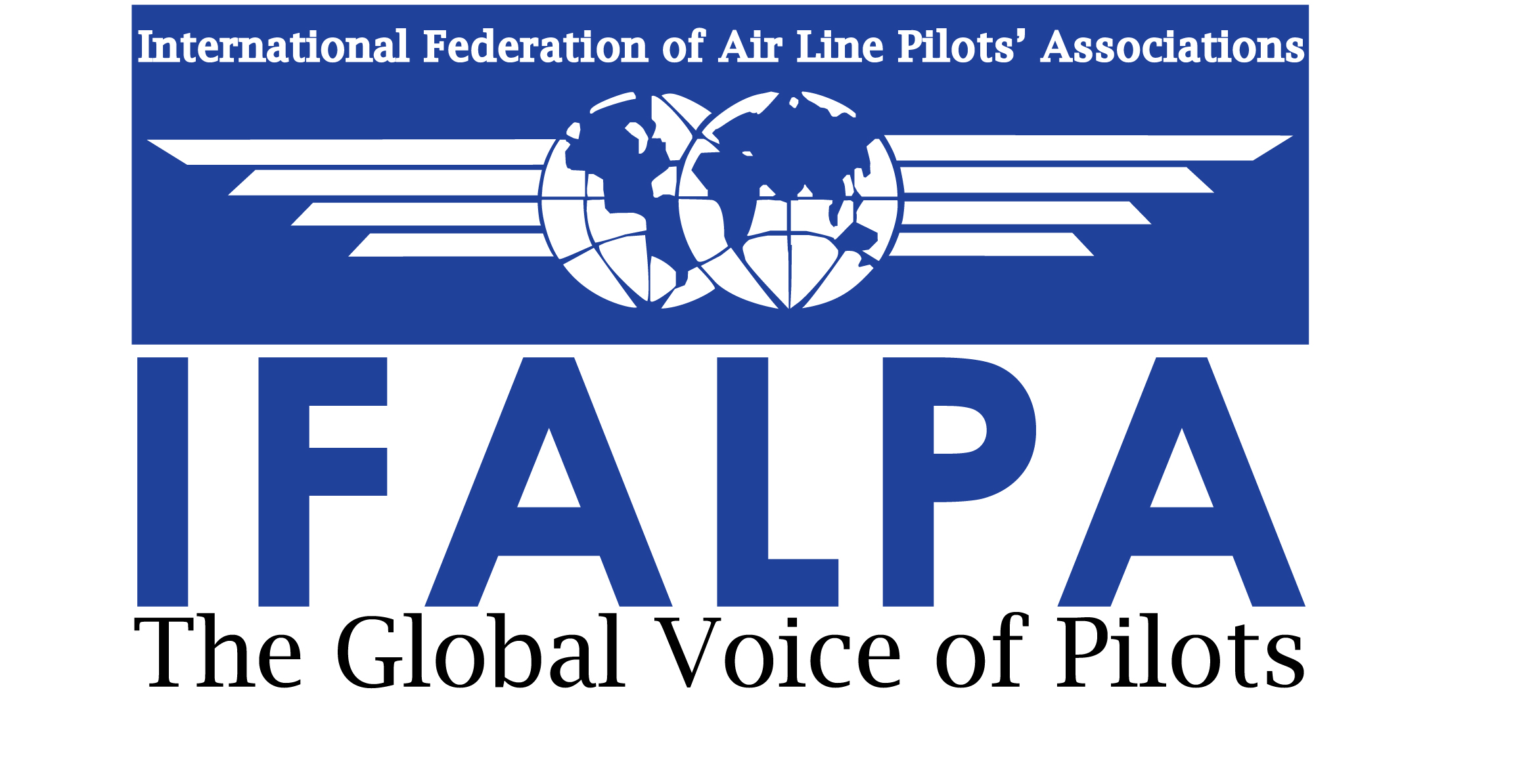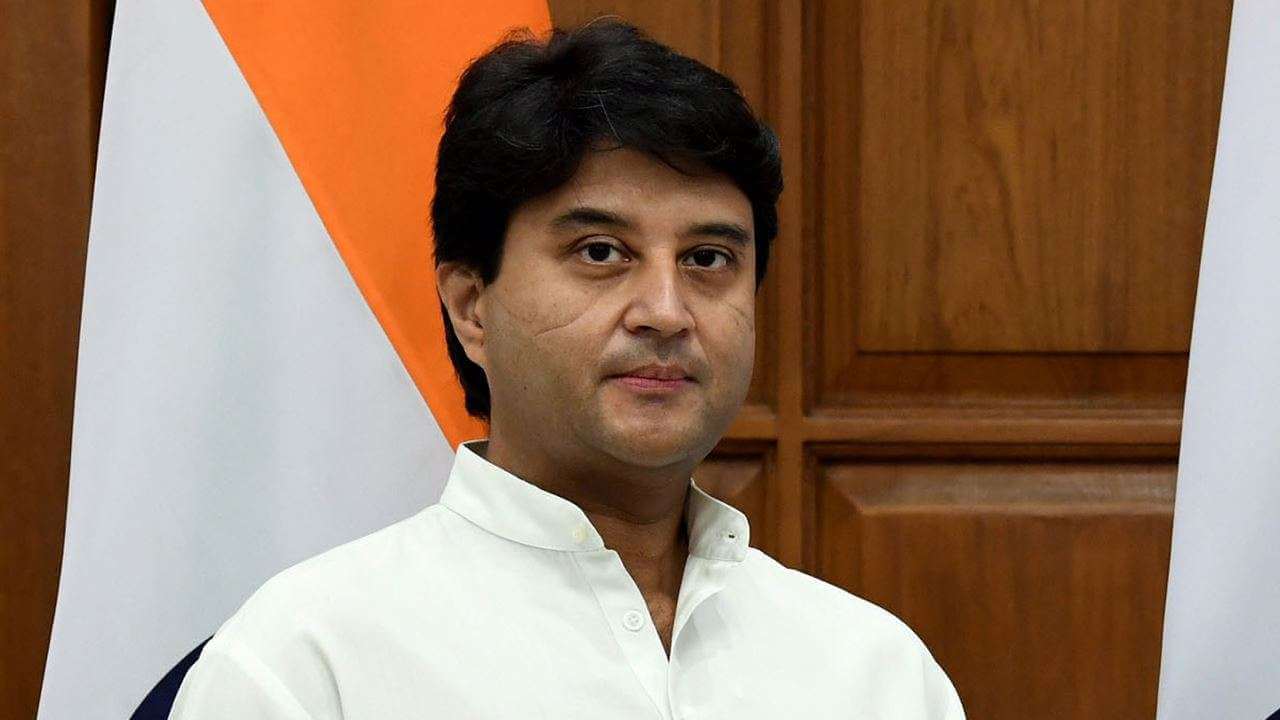Fatigue among pilots in growing civil aviation space

Amid the country’s growing air traffic and expanding aircraft fleet, fatigue among pilots seems to be a dark cloud with senior captains and pilots’ groupings stressing on the need for more serious efforts to address the concerns.
While regulations on flight duty time limitations and specific rest periods are in place, a more scientific approach as well as a better fatigue reporting system will help in tackling the “silent danger of fatigue”, according to the senior captains.
In signs that fatigue is a worrying factor for the fast growing Indian aviation space, a recent survey of 542 pilots by NGO Safety Matters Foundation showed that majority of them admitted to falling asleep without planning/ consent of the other crew or experienced micro sleep.

The International Air Transport Association (IATA) — a global grouping of airlines, including from India — said fatigue has long been identified as a potential safety risk and the industry has developed extensive Standards and Recommended Practices (SARPs) around managing fatigue risk.
A senior captain who wished to be anonymous said the silent danger of fatigue needs to be addressed more aggressively as it affects one’s cognitive abilities and psychological conditions. For instance, doing two consecutive nights of duty in multiple sectors most of the time results in fatigue and the existing fatigue reporting system is not popular among pilots, the captain associated with a leading airline told PTI.

Under the fatigue reporting system, a pilot can report to the safety department of the airline concerned and the report is then sent to the Directorate General of Civil Aviation (DGCA).
Echoing similar views, a senior pilot and an office bearer at ICPA said there is a lot of fatigue among pilots and it is also tiring to do two consecutive nights.
The pilot also said the fatigue reporting system is not good and emphasised on the need for having a scientific study by DGCA to address the situation.
The Indian Commercial Pilots’ Association (ICPA), which represents around 900 pilots of narrow-body aircraft at Air India, on September 12 wrote to DGCA urging the regulator to do away with all the current regulations related to fatigue management for flight crew and formulate new norms.
Airline Pilots’ Association of India President Captain Sam Thomas told PTI that a serious view about the issue of fatigue management among pilots has not been taken in India, including on the need to ensure adequate rest for pilots.
He stressed that fatigue risk management is not an isolated thing and fatigue issues are likely to be more with the expansion of the aviation sector.
“Flight safety should be the key priority for the regulator as well as the airlines”.

ALPA India has around 500 members and is the Indian arm of the International Federation of Airline Pilots’ Association (IFALPA).
Thomas also said there should be discussions between pilots, regulator and airlines, among other stakeholders on having a proper fatigue risk management framework.

DGCA was not immediately available for comments on the issue of pilots’ fatigue.
When contacted, Vistara said the airline follows all standard processes and norms to give the crew and pilot timely breaks and leaves.
Recently, the carrier introduced a fully automated crew rostering solution. It enables the crew and pilots to indicate their lifestyle preferences which are then automatically factored into their individual flight rosters.
Queries on the issue sent to IndiGo, Air India, Air India Express and SpiceJet remained unanswered.
Senior pilot Captain C S Randhawa, who has also served at the DGCA, said the rest period for pilots is defined in the Civil Aviation Requirement (CAR) and is also based on a medical study.
He also pointed out that if a person is saying that he is fatigued, it could also mean that the person has not utilised the rest period properly.
“The provision for extending the duty hours is there in the CAR but accordingly the rest period also increases… if (some) pilots say that the FDTL (Flight Duty Time Limitation) has been fixed without any scientific study, then those pilots should prove (it),” he said.
Mark Searle, Global Director, Safety at IATA, said fatigue has long been identified as a potential safety risk and the industry has developed extensive SARPs around managing fatigue risk.
He emphasised that SARPs are based upon extensive and evolving body of research, including continuous feedback from safety critical workers and that these SARPs are reviewed as more scientific data become available.
“Crew fatigue, and in particular, ensuring crew are fit to fly is a focal point of any operation and, especially during busy summer schedules,” he told PTI.

Civil Aviation Minister Jyotiraditya Scindia had in August said India’s civil aviation sector is poised for a phenomenal and healthy growth in terms of air passengers, aircraft fleet and airports in coming years.
By 2027, as many as 40 crore air travellers, both domestic and international, and nearly 1,200 planes are expected in the country.
Meanwhile, the survey of 542 Indian pilots also found that 54.2 per cent of the respondents suffer from severe excessive daytime sleepiness while 41.4 per cent pilots self assessed moderate daytime sleepiness.
“The effect of fatigue on flight safety can be analysed by 66 per cent respondents admitting that they have fallen asleep without planning/consent of the other crew or experienced micro sleep. 31 per cent of pilots also responded that they had a close call while flying which could have led to an incident attributable to fatigue,” the survey said.




